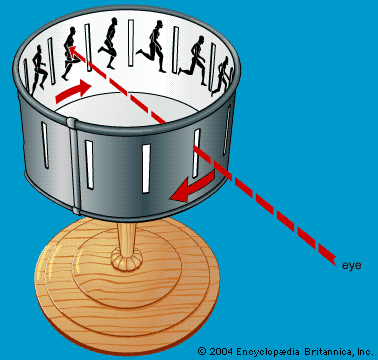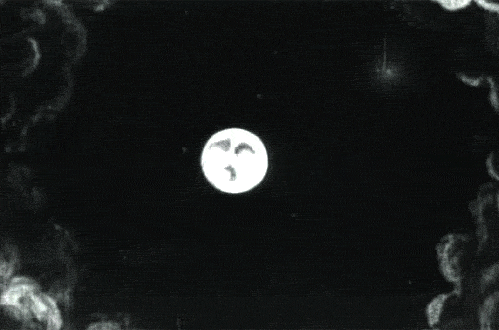George Melies:
Born: 8th December 1861
Died: 21st January 1938 (Aged 76)
George was a French film maker/illusionist. He was a very famous developer for the first cinema shows. He used multiple exposures, time lapse photography and hand painted colour in his work. He created classics for some of the first cinema viewings such as 'A trip to the Moon' (1902) and 'The Impossible Voyage' (1904).
An example from A trip to the Moon.
Winsor McCay:
Born: 26th September 1869
Died: 26th July 1934 (Aged 64)
Winsor was an American cartoonist and animator. He was best known for the comic strip 'Little Nemo' which began 1905. Then for the animated cartoon 'Gertie the Dinosaur' which ran in 1914. Once Winsor was famous famous people such as Walt Disney contacted him asking for his experience and work.
An example of Gertie the Dinosaur.
Lotte Reiniger:
Born: 2nd June 1899
Died: 19th June 1981 (Aged 82)
Lotte was first famous for a single silhouette film in 1926. 'The adventures of Prince Ahmed' this still had no sound and was made from just plain black silhouettes giving the illusion they were moving. This film had very little detail but was fascinating because of the way it was created.
An example of 'Cinderella' by Lotte Reiniger in 1922.
Thursday, 27 September 2012
Thursday, 20 September 2012
Persistence of Vision
Persistence of Vision:
It is a sequence of still images that are slightly different played after each-other to make it give an illusion to the brain to make it look like they are moving.
 |
| This is an example of Persistence of vision, this is called a Zoetrope. |
On the Zoetrope you look through a slit and spin the circle, it shows the still images that fast giving off the illusion that they are moving.
Kinetoscope:
This is where the viewer looked through a peephole to look at the single images on a spinning wheel. When the viewer moved the lever so did the spinning wheel. This made the images mix together to make it look like they were moving.
 |
| This is an example of a Kinetoscope. |
Mutoscope:
The mutoscope is similar to the Kinetoscope whereas it has a level. When moving this lever it releases the flip-book pages to show the separate still images on each page. When flicking through it looks like the image is moving as the pictures are only slightly different.
 |
| This is an example of the Mutoscope. |
Phenakistoscope:
The Phenakistoscope includes two moving disks at the same angle. One disk included slits to look through and the other had the separate images on. The disks are span at the same time in the same direction. This makes the images look like they are moving off the mirror.
 |
This is an example of a Phenakistoscope.
Subscribe to:
Comments (Atom)


